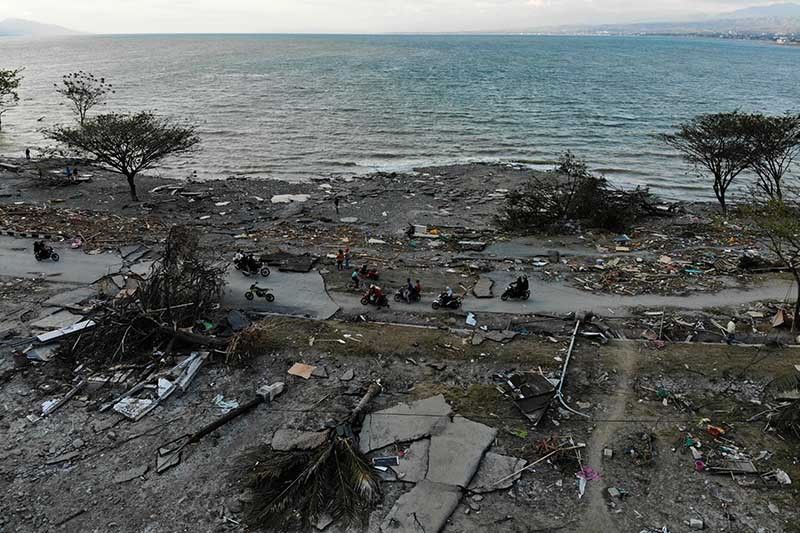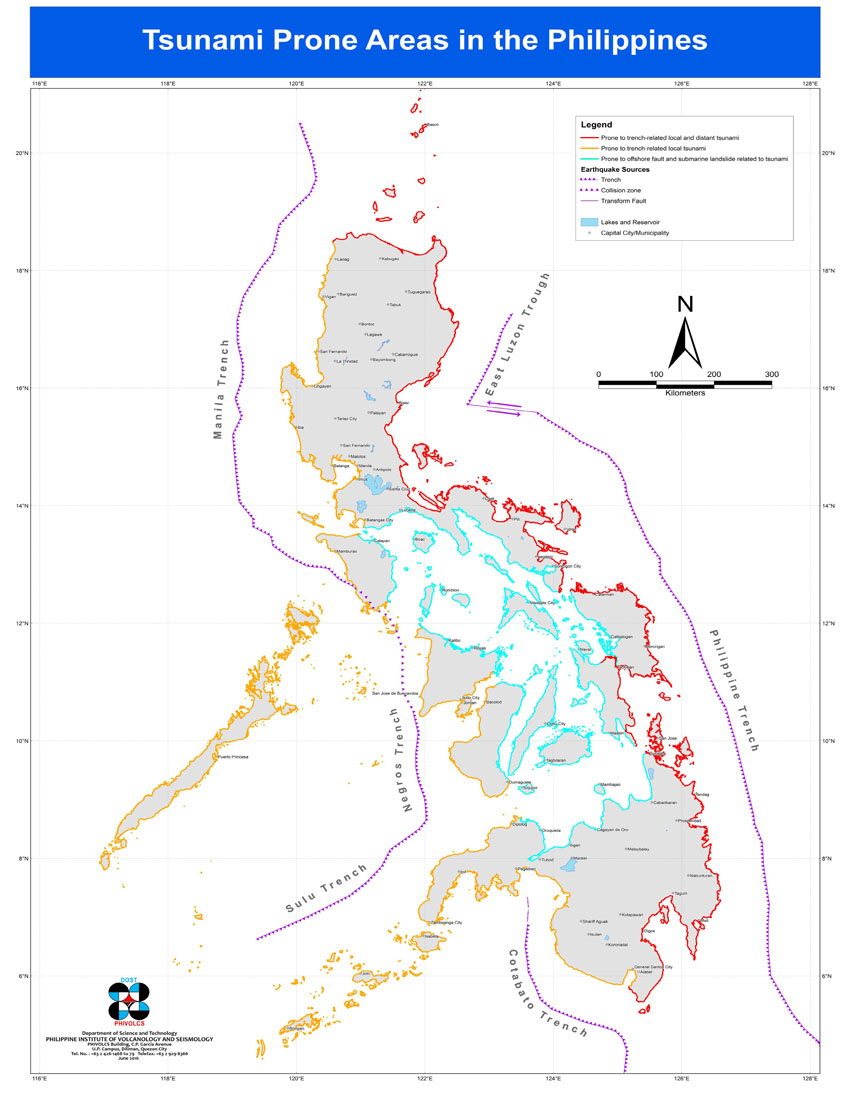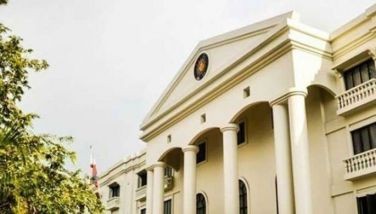‘Shake, drop, roar’ and other things you need to know about tsunamis

MANILA, Philippines— World Tsunami Awareness Day is commemorated every November 5.
The United Nations declared the awareness day in honor of a true story from Japan: “Inamura-no-hi”, which means the “burning of the rice sheaves.”
“During an 1854 earthquake, a farmer saw the tide receding, a sign of a looming tsunami and he set fire to his harvested rice to warn villagers, who fled to high ground,” Phivolcs said.
Coincidentally, this day marks the anniversary of the 1994 Mindoro earthquake and tsunami.
The earthquake and tsunami 25 years ago severely affected several northern Mindoro towns and killed 78 people as it happened around 3:15 a.m. when most residents were asleep.
“Tsunami waves reached Puerto Galera, San Teodoro, Baco, Calapan City, Naujan, Pola, Pinamalayan, and Bongabong in Oriental Mindoro, and Verde Island, Batangas,” Phivolcs said.
“The maximum tsunami run-up height was 8.5 meters, almost as high as a three-storey building, in Baco,” it added.
According to the UN, tsunamis account for almost 10% of economic losses from disasters over the last 20 years.
Tsunamis account for almost 10% of economic losses from disasters over the last 20 years.
— United Nations (@UN) November 5, 2019
Tuesday's #TsunamiDay highlights the importance of investing in resilient infrastructure. https://t.co/MXzcHce3Gu #BuildToLast pic.twitter.com/iTREv4Ml04
It said that more than 700 million people live in low-lying coastal areas and Small Island Developing States exposed to extreme sea-level events including tsunamis.
In the Philippines, Phivolcs said that all coastal areas are vulnerable to tsunamis generated mostly by under-the-sea earthquake. The coastal areas can also be affected by tsunamis generated by submarine landslides and volcanic eruptions.
It said that earthquake with inland epicenter would not trigger tsunami.
Here are the areas prone to tsunami in the Philippines:

Phivolcs stressed that tsunamis cannot be prevented.
It said that locally-generated tsunamis can arrive in minutes but there are natural signs to recognize, which Phivolcs calls “shake, drop and roar.”
-
Shake – Earthquake
-
Drop – Water recedes or rises
-
Roar – Unusual sound
“These are strong ground shaking, drop or sudden change in the sea level, and roaring sound of incoming waves,” Phivolcs said.
Community preparedness
While it cannot be stopped, Phivolcs advised the public to have community preparedness, timely warnings, and be aware of proper action during tsunami.
“If one of these is experienced, immediately move to high ground, and stay away from beaches and waterways,” the institute said.
This year, the UN said it would promote the campaign to reduce disaster damage to critical infrastructure and disruption of basic services.
On November 14, the Phivolcs is also set to hold a nationwide simultaneous earthquake and tsunami drill to help the public be aware on what to do during such phenomenon.
RELATED: Phivolcs to hold simultaneous nationwide earthquake, tsunami drill
—Information from Phivolcs
- Latest
- Trending
































